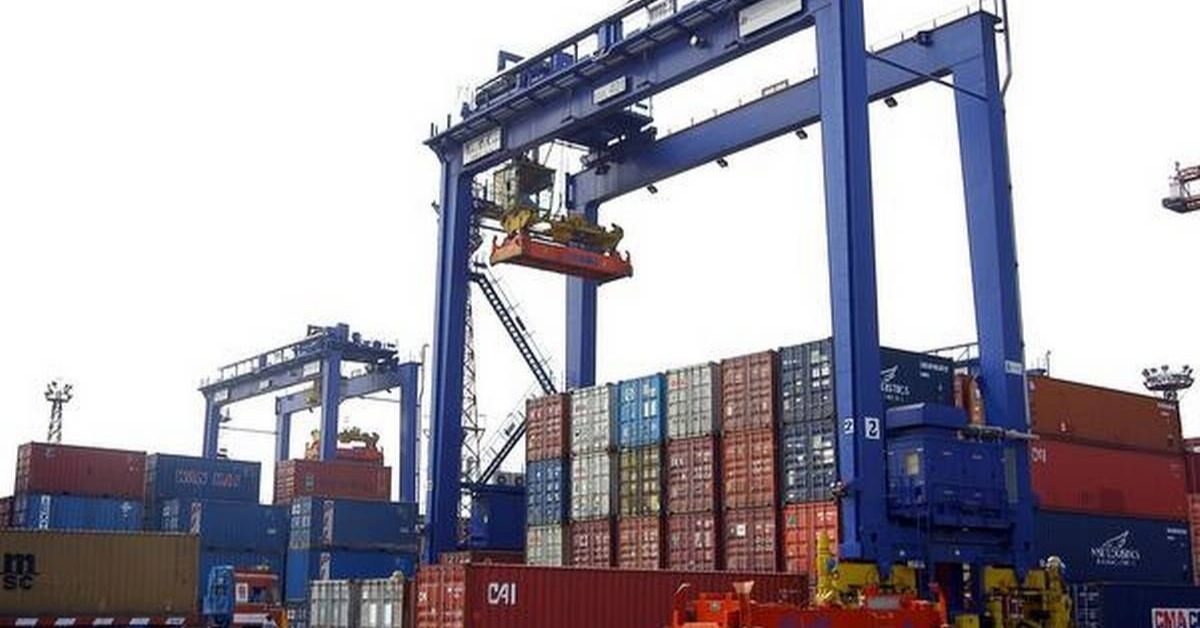China’s trade with Afghanistan has been growing fast and it may become the second largest trading nation with Afghanistan in 2023 after Pakistan, a situation that bodes well for the continuation of the CPEC part of the Belt & Road Initiative into Afghanistan.
According to China customs data, in December 2022, China imported US$9.09 million from Afghanistan and exported US$59 million, resulting in a positive trade balance for China of US$49.9 million.
Were these figures projected as a 2023 average this would result in a bilateral trade figure of US$816 million. Pakistan, currently the largest Afghani trade partner, achieved bilateral trade of US$1.513 billion in 2022, according to the State Bank of Pakistan. India, which has been in second place, had bilateral trade with Afghanistan of US$545 million last year, according to the Indian Ministry of Commerce.
Between December 2021 and December 2022 Chinese exports increased by 56.4% but imports slightly decreased by less than 1%. In December 2022 the top exports from Afghanistan to China were nuts, animal hair, semi-precious stones, dried fruits, and vegetable products. In December 2022, the top exports of China to Afghanistan were synthetic filaments, yarn woven fabrics, rubber tires, other synthetic fabrics, semiconductors, and unspecified commodities.
Issues with the redevelopment of Afghanistan remain significant. There is little accurate data or records keeping, and a dearth of pertinent equipment and training for Afghanistan to adequately manage regional trade with its neighbours, although China, Pakistan and India do possess – for them – adequate monitoring and analytical infrastructure. However, this seems not to be the case with Afghanistan’s trade with neighbouring Iran, Turkmenistan, Uzbekistan, and Tajikistan, where statistics appear almost impossible to obtain. A large part of Afghanistan redevelopment therefore should be the border and border control, customs and national infrastructure required to ensure tariffs on transit and imported and exported goods can be effectively managed.
The other issue remains that Afghanistan, with a population of 40 million and therefore one of the largest in Central Asia, remains essentially an agricultural play as can be seen from its exports. The proposed extension of CPEC into Afghanistan would help to industrialise the nation – providing countries like Russia Iran and Turkmenistan can be allowed to install and develop Afghani energy fields to get the Afghanistan energy reserves to where they are most needed.
China’s developing basic trade example is almost a parable for the regional proverb ‘From Apricot stones grow larger trees’.








